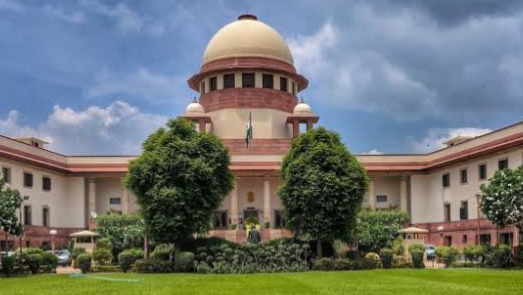Anushri Joshi
In a sharp rebuke to the functioning of the Real Estate Regulatory Authority (RERA), the Supreme Court, in its recent judgment, lamented the erosion of the Authority’s intended purpose, transforming it into a haven for post-retirement appointments of former bureaucrats. The Division Bench, comprising Justice Surya Kant and Justice Ujjal Bhuyan, made no secret of its discontent, remarking that RERA, envisioned as a statutory body to safeguard the interests of homebuyers, has now morphed into what can only be described as a “rehabilitation centre” for retired bureaucrats.
The apex court’s observations came during the hearing of Bharati Jagat Joshi v. Reserve Bank of India and Ors, where the appellants challenged a Delhi High Court decision dismissing their plea to direct banks and financial institutions to refrain from charging pre- EMIs or full EMIs, arguing that the available remedy lay under the RERA Act. The petitioners, citing distress due to delays in real estate projects, had sought relief from exorbitant charges imposed by financial institutions despite the non-completion of projects.
In a scathing commentary, Justice Surya Kant noted, “We do not want to speak about RERA. It has become rehabilitation centers for former bureaucrats who have frustrated the entire scheme of the Act.” The sentiment expressed by the Bench resonated with the dissatisfaction of many stakeholders, as the RERA Act of 2016 was enacted under the constitutional aegis of Article 21 to safeguard the life and liberty of citizens, particularly homebuyers, by ensuring the timely completion of real estate projects, promoting transparency, and accountability within the sector.
The legislation, passed with the intent to inject an element of certainty and protection into a notoriously opaque industry, has been met with mounting criticism for being subverted by individuals whose primary motivation appears to be self-interest rather than public service. The Court’s scorn is rooted in the view that bureaucrats, far from advancing the cause of the RERA Act, have instead undermined its foundational objectives.
The Court also underscored the absence of efficiency within the regulatory framework. Section 31 of the RERA Act, which allows for the filing of complaints with the Authority regarding violations, has seemingly been rendered ineffective under the leadership of these bureaucrats. The dilution of the Act’s enforcement provisions calls into question its efficacy in serving the people it was designed to protect, thereby making the invocation of constitutional principles such as Article 14, which ensures equality before the law, ever more pertinent.
This judgment further underscores the pressing need to re-evaluate the appointment mechanisms within statutory authorities to prevent the dilution of regulatory bodies, such as RERA, which hold substantial sway over citizens’ rights and livelihoods. As the Supreme Court’s remarks echo through the corridors of judicial and legislative discourse, they serve as a powerful reminder of the imperative for judicial oversight to ensure that statutory bodies, meant to protect public interests, do not become tools of bureaucratic self-preservation.

